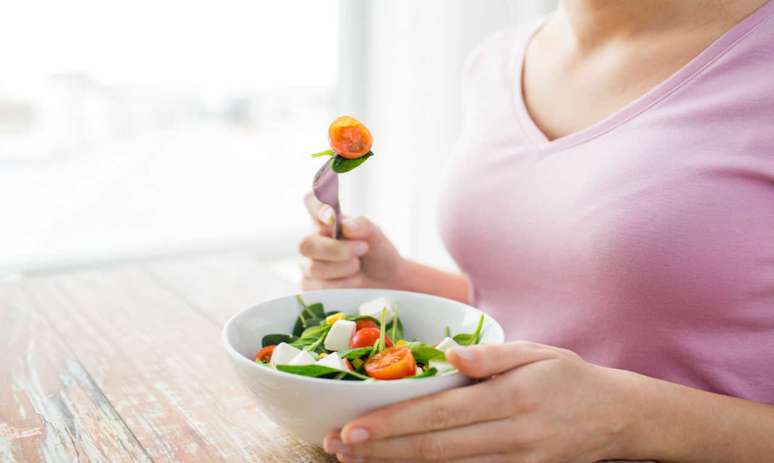The nutritionist teaches how to reduce food portions to reduce calorie consumption and therefore lose weight
Anyone who wants to lose weight should know that the size of food portions is as important as the quality of the products you put on your plate. Therefore, if you want to lose weight, controlling the amount of food you eat and, consequently, calories, is a good way to go.
The idea is to figure out how much your body needs and only consume what is necessary. “We often eat too much because we think we have to finish everything on our plate or because restaurants offer pre-determined giant portions, which leads to weight gain,” concluded the master’s in nutrition from the University of Colorado (USA) Susan Bowerman, Senior Director Global Nutrition Education and training at Herbalife.
According to a meta-analysis published in Obesity Research & Clinical Practice, eating single-serving dishes helps to significantly reduce weight, body mass index (BMI) and waist circumference. It’s no surprise that many people have trouble losing weight even on a healthy diet, as they fill their plates and simply eat too much.
Check out expert Susan Bowerman’s practical tips for portion control:
1. Choose small containers
Whether it’s soup or nuts, any preparation served in a large container will encourage you to eat more. According to data from the University of Cambridge, people consume more food and drink when using larger portions, packaging or cutlery. Then serve the food in smaller containers.
2. Consider the size of your plates
A smaller plate seems to hold more food. This means that your eyes will tell you that this plate of food will be more filling. So if you’re trying to reduce calories through portion sizes to lose weight, reduce your plate size too.
3. Use smaller cutlery
You’ll put more food on your plate if you use a large spoon instead of a smaller one. Then use a spoon to serve yourself, even as a substitute for the ladle.
4. Consider the height and width of the cup
If you’re trying to reduce your calorie intake, consider the size and shape of the cup you use. Tall, thin glasses seem to hold much more content than short, wide ones, and this tricks your eyes into thinking that your stomach will hold more.
5. Help yourself in the kitchen and not at the table
With plates in sight, it’s very easy to grab “just one more spoonful.” Then leave the preparations in the kitchen. The only dishes to keep on the table are those with low-calorie vegetables and salads.
6. Evaluate the color of the plate
You don’t necessarily have to go out and buy new dishes, but remember that the color of these utensils can affect your ability to see how much you’re eating. When there is a strong contrast between the color of the food and the color of the plate – imagine a slice of chocolate cake on a white plate – it becomes easier to visualize the portion and control how much you eat.
7. Start with the lowest calorie foods
When you’re really hungry, you’ll likely reach for the highest-calorie options available and eat them first. If that’s exactly what you do, try eating salad or vegetables first. This way you start eating low-calorie foods and leave less room for heavier foods.
8. Use the plate as a guide
Create an imaginary division on your plate to accommodate your meals. The following recommendations are rough estimates, as each person has unique needs:
- Vegetables or salad: about ½ plate
- Protein: about ¼ of the plate
- Complex carbohydrates (such as whole grains and starchy vegetables): About ¼ of your plate
When eating out, try to be aware of these factors and find out how they can influence your eating habits and your weight loss goal.
Source: Terra
Ben Stock is a lifestyle journalist and author at Gossipify. He writes about topics such as health, wellness, travel, food and home decor. He provides practical advice and inspiration to improve well-being, keeps readers up to date with latest lifestyle news and trends, known for his engaging writing style, in-depth analysis and unique perspectives.









